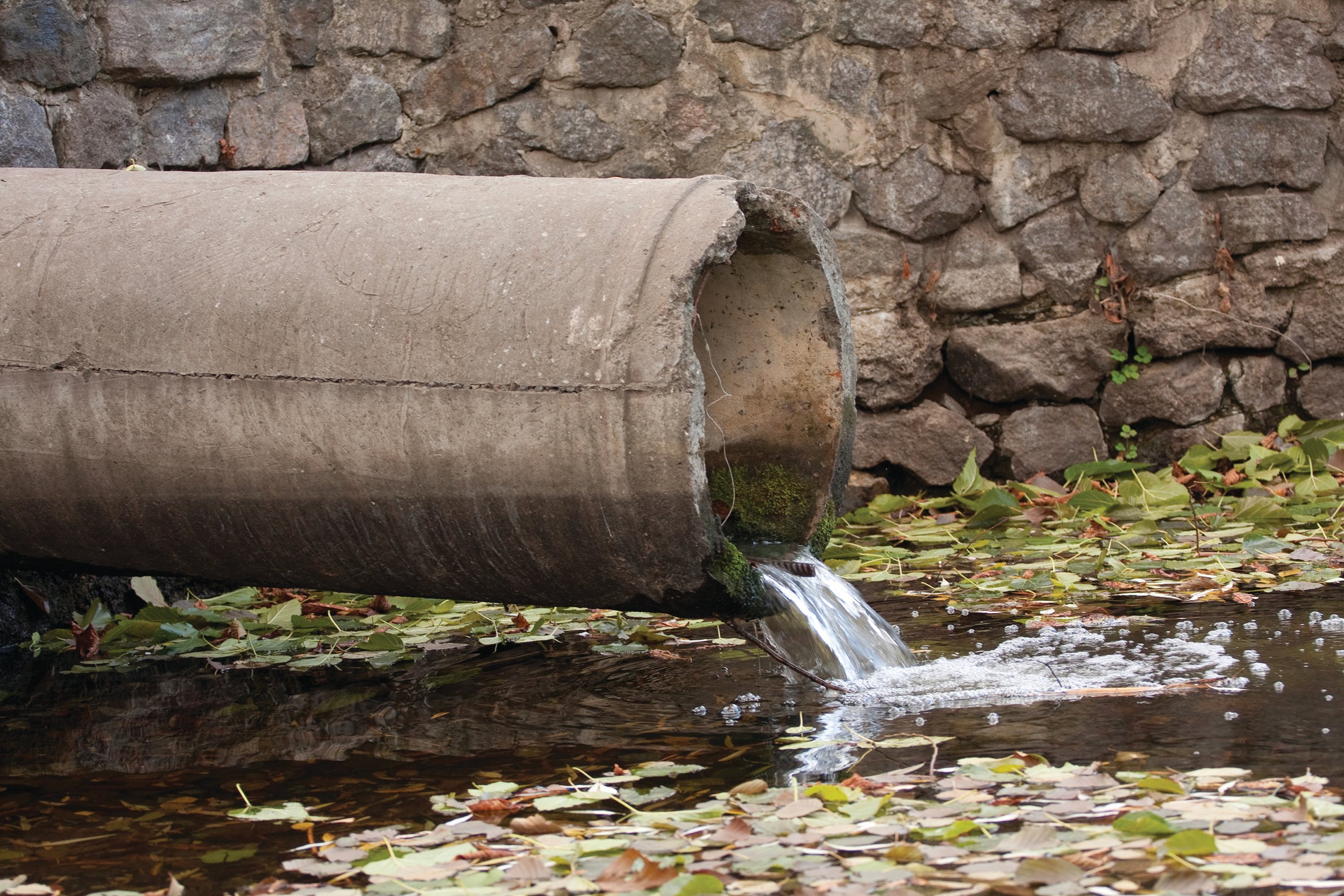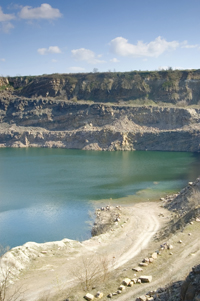Recently more 750 scientists from around the world gathered at the Animal Behavior Society meeting at Princeton University. They gathered to discuss… you guessed it… animals; all kinds of animals, from fish to birds. Among the topics of discussions was the impact of liquid metal mercury, even small doses, on the animal kingdom, particularly in birds. In humans, large doses of mercury can cause lethargy and depression, while smaller amounts can lead to dementia. In animals that are much smaller, the impact can be even more significant.
Researchers at the College of William and Mary conducted an experiment where they exposed zebra finches to mercury levels consistent with a contaminated environment. Rather than lethargy or depression, the finches exhibited symptoms more on the side of dementia. The birds were “bolder and hyperactive,” and “spent less time feeding” compared with birds that had not been exposed to the metal. Because of this behavior, the finches could be at risk of increased predation. Unfortunately, they discovered some other disturbing trends.
Read More





